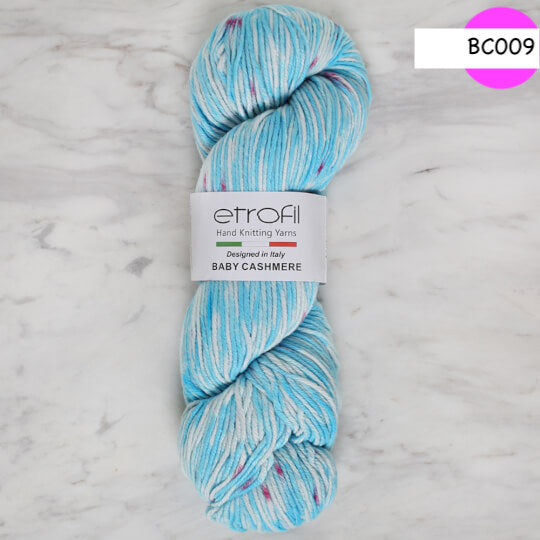What Is Cashmere and How Does It Stack Up to Other Fabrics?
What Is Cashmere and How Does It Stack Up to Other Fabrics?
Blog Article
Comprehending the Different Sorts Of Cashmere an All-natural Fiber and Their Unique Benefits

The Beginnings of Cashmere: A Historical Overview
While the glamorous touch of cashmere remains to charm modern-day customers, its origins map back to the severe, chilly environments of Mongolia and the Himalayas. For centuries, the aboriginal individuals of these areas have been increasing Capra Hircus goats, the prime source of cashmere woollen. These goats, resistant versus the severe wintertimes, grew a fine undercoat to endure, which later on came to be understood as cashmere. The name itself pays homage to Kashmir, an area in India where the woollen was at first processed. Much of the very early cashmere trade course was facilitated by the Silk Road, attaching Asia with the Middle East and Europe. In spite of its worldwide spread, the finest cashmere is still believed to originate from the initial regions of Mongolia and the Himalayas.

The Manufacturing Process: From Goat to Garment
Shearing a Capra Hircus goat marks the beginning of the intricate cashmere manufacturing procedure. The resultant raw cashmere is after that washed to get rid of pollutants such as veggie, oil, and dust matter.
The clean fiber undergoes dyeing, rotating, and weaving, or knitting, to transform it into a textile. Complicated treatments like quality assurance checks and ending up processes comply with, making sure the end product preserves the glamorous requirement expected of cashmere. This meticulous process, from goat to garment, justifies the high price affixed to cashmere items, making them an icon of deluxe and improvement.
The Different Kinds Of Cashmere: A Comprehensive Analysis

The Distinct Benefits of Cashmere: Comfort and Sustainability
Moving from the selection of cashmere kinds to the benefits they supply, comfort and sustainability stand apart plainly. Cashmere, an all-natural fiber, is renowned for its unrivaled soft qualities, offering a level of comfort that synthetic fibers can not match. The material's lightness, yet impressive heat retention, makes it ideal for all seasons. Cashmere's all-natural flexibility enables it to return to its original shape, making it resistant to reducing or stretching.
When it pertains to sustainability, cashmere is cashmere fibre sustainable and naturally degradable, as it's collected from cashmere goats that regrow their coats every year. what is cashmere. Unlike artificial fibers which can take hundreds of years to decay, cashmere's influence on the setting is very little. This combination of convenience and sustainability makes cashmere a valuable choice for aware customers

Taking Care Of Your Cashmere: Maintenance and Conservation Tips
While cashmere is most certainly a lasting and extravagant choice, it calls for particular like preserve its quality and expand its lifespan. To begin, cashmere should be hand cleaned using chilly water and a light cleaning agent. Prevent turning or wringing the garment as it can harm the fibers. Rather, carefully eject excess water and lay it flat on a towel to dry. Cashmere products must be kept in a awesome and completely dry location, away from straight sunlight and wetness. Utilizing moth repellents can safeguard these garments from prospective damage. Finally, it's recommended to prevent hanging cashmere to stop stretching. Rather, fold and store them appropriately to maintain their form and high quality with time.
Buying Cashmere: Understanding Its Worth and Well Worth
Although cashmere might initially appear like a pricey investment, its long-lasting worth and worth ended up being apparent when you consider its impressive high qualities. Understood for its unrivaled soft qualities and warmth, cashmere is a premium natural fiber that outmatches other products. Spending in cashmere, therefore, is not simply about present style trends, yet regarding welcoming a sustainable, lasting, and lavish lifestyle.
Final Thought
In summary, the type of cashmere one selects, be it Mongolian, Chinese, or Italian, is determined by specific preferences for warmth, sustainability, high-end, and budget. Comprehending the beginnings, manufacturing procedure, and special benefits of various kinds of cashmere can direct consumers in their financial investment in this lavish natural fiber.
Whether it's the remarkable heat of Mongolian cashmere, the price of Chinese cashmere, or the eco-conscious production of Italian cashmere, there's a tale to be discovered behind each fiber kind. Cashmere, an all-natural fiber, is renowned for its exceptional gentleness, offering a degree of comfort that artificial fibers can't match.When it comes to sustainability, cashmere is sustainable and naturally degradable, as it's collected from cashmere goats that regrow their layers yearly. Understood for its unparalleled soft qualities and heat, cashmere is a premium all-natural fiber that outmatches various other products. Comprehending the beginnings, production process, and distinct advantages of different kinds of cashmere can direct customers in their investment in this luxurious natural fiber.
Report this page